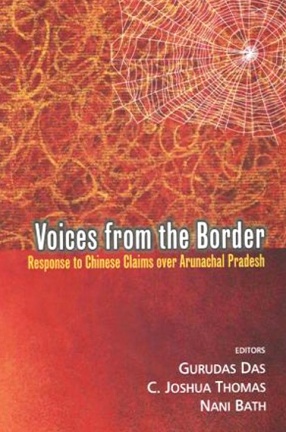
Gurudas Das

Showing all 10 books


This volume deals with one of the most complicated inter-state border disputes involving India and China-the two most populous countries in the world. Sino-Indian border is conveniently divided into three sectors-Western, Middle and Eastern Sectors. The focus of the volume is on the Eastern Sector where China claims 98000 square kilometer of territory lying south of the McMahon Line presently under Indian occupation that roughly corresponds to Indian state of ...
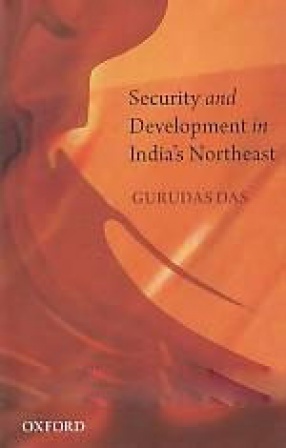
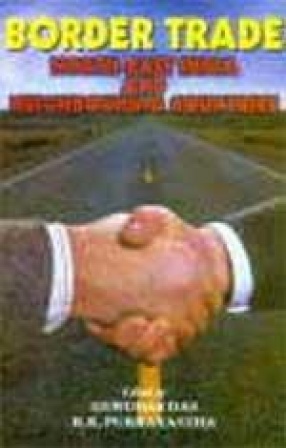
This book is the result of an attempt made to assess the nature of trading activities across the borders between India's north-east and neighbouring countries. Attempts have been made to understand as to whether there exists any basis for trade in terms of compatibility between the resource/production structure of the north-eastern region and the demand structure of the neighbouring countries, particularly Bangladesh and Myanmar, with whom India is having ...
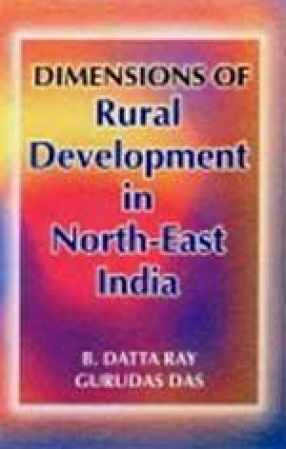
The North Eastern Region (NER) is predominantly rural and hilly. The topography of the region has largely shaped its economy. The development of the region is intimately associated with the question of rural development. The rural-urban dualism may essentially be seen as the product of the failure of market mechanism. State intervention in favour of the rural sector is thus seen as a sine-qua-non for rural development. This volume takes a look at the development ...
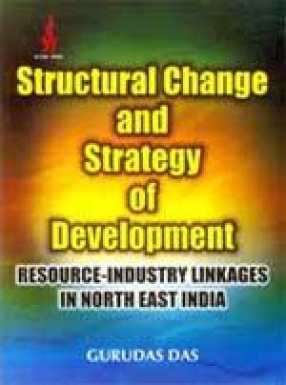
This book is made up of a collection of papers painstakingly written over a year. All the contributors worked around a central question: In spite of being rich in natural resources, why do the states in north eastern region of India remain economically backward? What is the nature of structural change that the economies of these states are experiencing? What are the policy implications of this change for local governments? Is there any need for intervention in ...

India shares 1643 km long border with Myanmar that passes through the northeastern states of Arunachal Pradesh, Manipur, Mizoram and Nagaland. Although cross-border contact and movement of people are known through, but they have not led to any strong economic interdependence between the regions across the border so far. The state-centric security perception, both in India and Myanmar, treated this border as vulnerable periphery. As a result, the ...

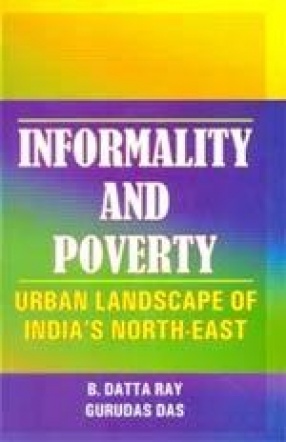
Industrialization-urbanization equation an hardly explain the growth of the urban spaces in most of the developing regions of the world in general and the underdeveloped areas within them in particular. The process of urbanization in such cases can best be explained in terms of social, political and demographic forces rather then the forces of economics. Contributions in this volume have made an attempt to understand the nature of growth of the urban areas in ...
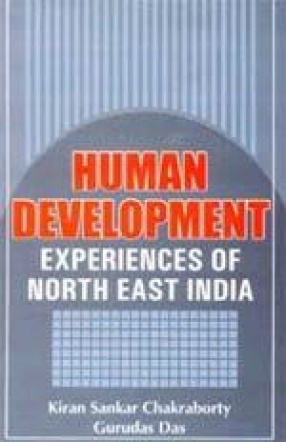
Human development is a powerful concept than conventional measure of gross national product (GNP) in understanding human well being. With the rejection of "Trickle down hypothesis" rising disillusion with assumed positive association between growth and well-being, new insights gained in the relationship between growth and equality the nullifies the claim of negative relationship at least at early stage of growth, the exploration of the capability ...
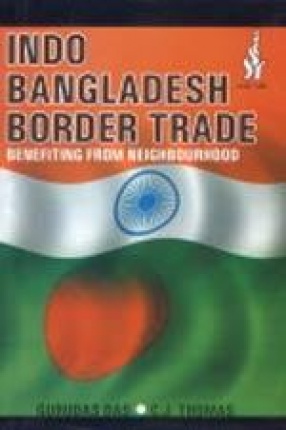
Indo-Bangladesh Border Trade: Benefiting from neighbourhood takes a look at the status of trade that takes place at the various points along the entire length of Indo-Bangladesh border that spans about a little more than 4000 km. The causes of asymmetry between bilateral trade that has become a major concern for Bangladesh have been analyzed and various remedial options have been discussed. The issue of transit for the movement of goods between mainland India and ...
